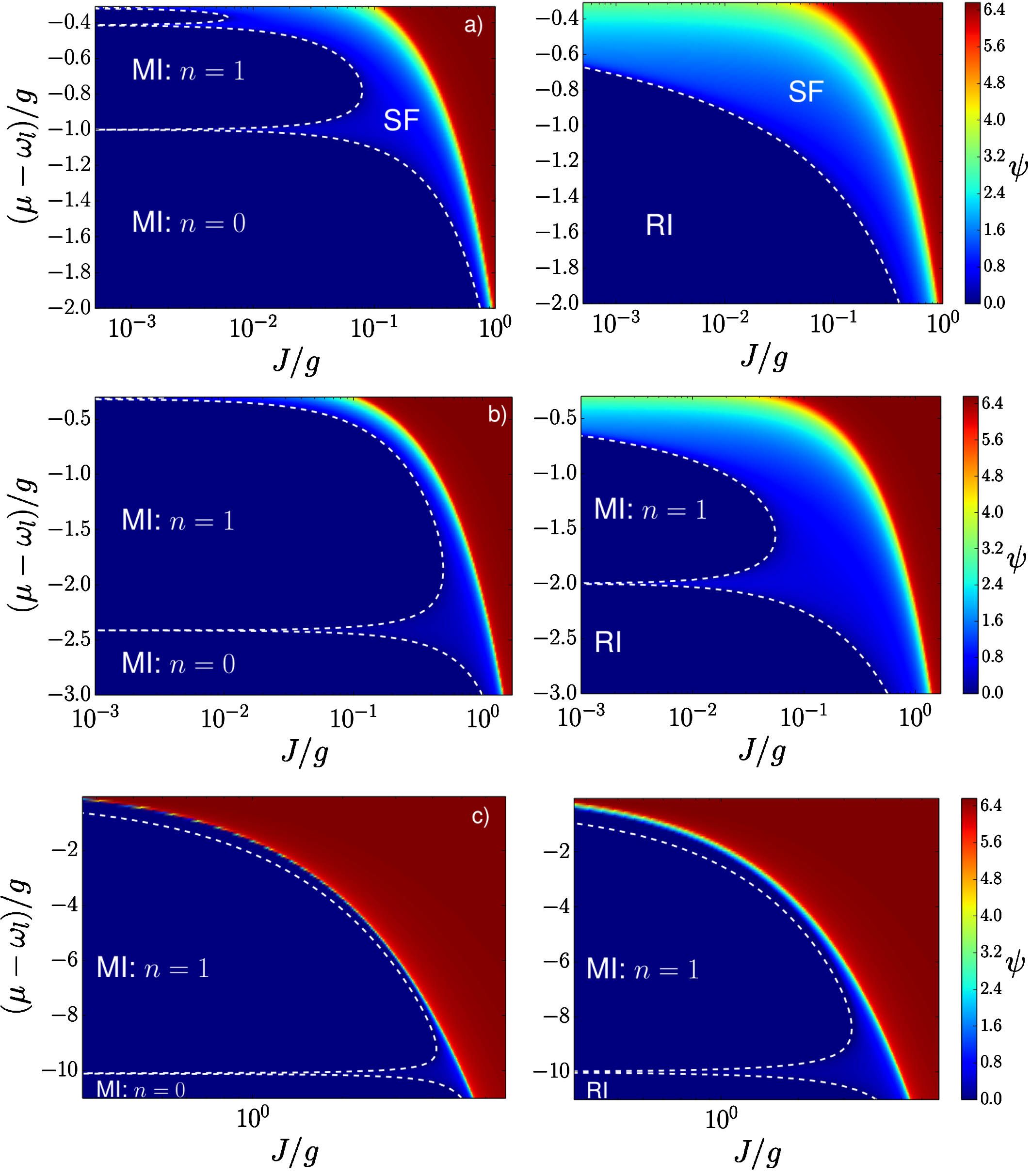EPJ D Highlight - When quantum scale affects the way atoms emit and absorb particles of light
- Details
- Published on 20 October 2016

Exact simulation lifts the 80-year-old mystery of the degree to which atoms can be dressed with photons
In 1937, US physicist Isidor Rabi introduced a simple model to describe how atoms emit and absorb particles of light. Until now, this model had still not been completely explained. In a recent paper, physicists have for the first time used an exact numerical technique: the quantum Monte Carlo technique, which was designed to explain the photon absorption and emission phenomenon. These findings were recently published in EPJ D by Dr Flottat from the Nice –Sophia Antipolis Non Linear Institute (INLN) in France and colleagues. They confirm previous results obtained with approximate simulation methods.
According to the Rabi model, when an atom interacts with light in a cavity, and they reach a state of equilibrium, the atom becomes "dressed" with photons. Because this takes place at the quantum scale, the system is, in fact, a superposition of different states—the excited and unexcited atom—with different numbers of photons.
In the study, the team adapted a quantum Monte Carlo algorithm to address this special case. They created a novel version of the existing algorithm, one which accounts for the fluctuating number of photons. This made it possible to study atoms dressed with up to 20 photons each. No other existing exact simulation method—including the exact diagonalisation and density matrix renormalisation group approaches—can factor in these effects.
The authors found that there are dramatic consequences at quantum scale for strongly coupled light-atom systems. They showed that it is essential to take into account the effects resulting from the number of excitations not being conserved, because the atom-photon coupling is substantial enough for these effects to matter. For example, in a conventional light-atom coupling experiment in a macroscopic cavity, the coupling is so small that an atom is, on average, dressed with much less than one photon. With a coupling that is increased by a factor of, say, ten thousands, physicists have observed dressed states with tens of photons per atom.
T. Flottat, F. Hébert, V.G. Rousseau, and G.G. Batrouni (2016),
Quantum Monte Carlo study of the Rabi-Hubbard model,
European Physical Journal D, DOI: 10.1140/epjd/e2016-70492-x





